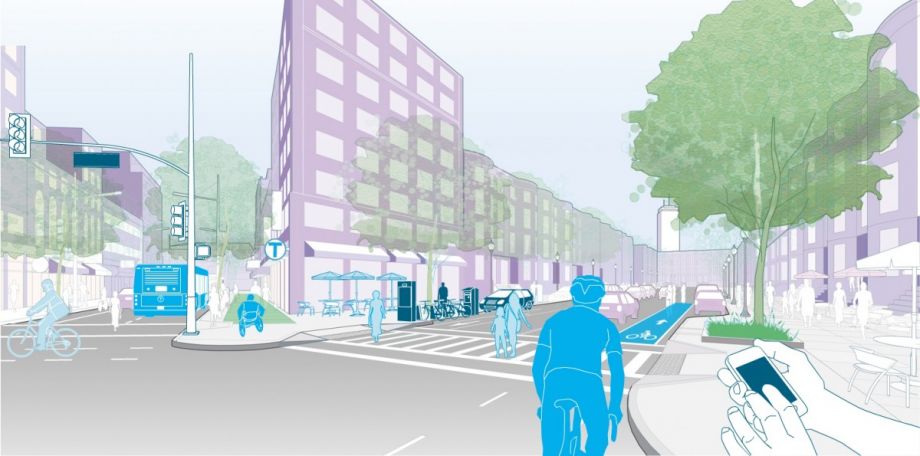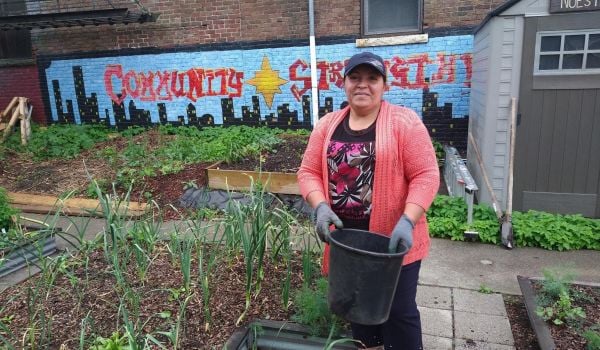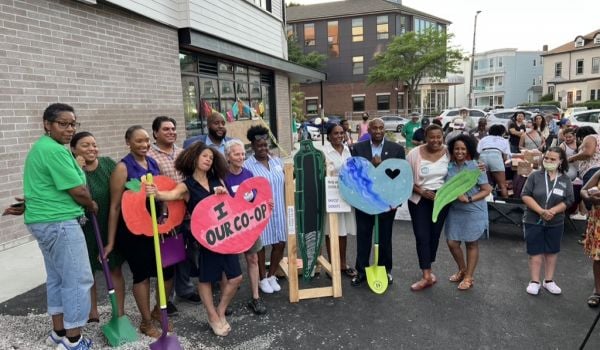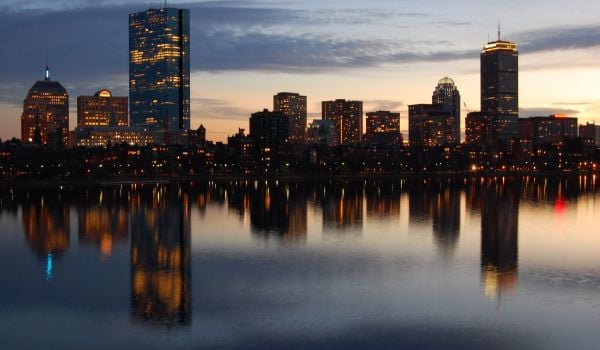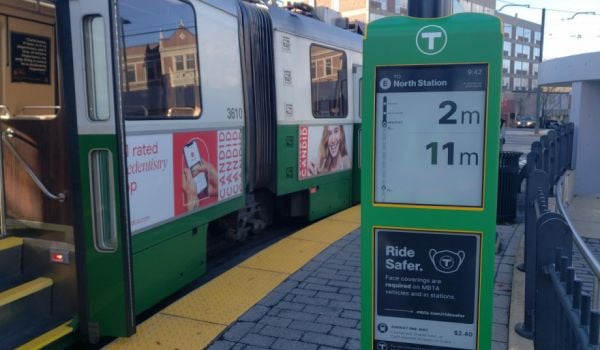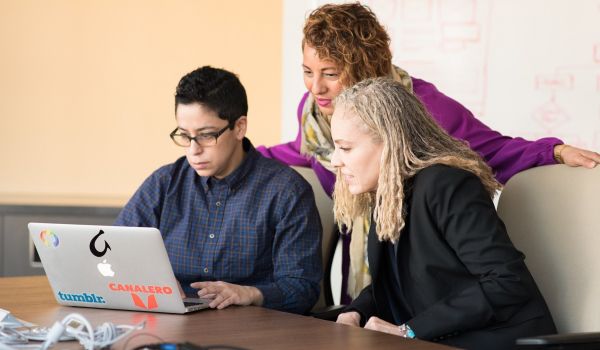In the history of attempts to make cities better and more livable, attention to the street has, since the 1960s and 1970s, assumed an axial position. In the early 1960s, urban critic Jane Jacobs was vexed at the loss of streetscape aesthetics, especially in public housing areas. She called for a return to spontaneity and vigor, a “ballet of the sidewalks” that would enrich the everyday lives of urban dwellers.
The need for attractive streetscapes is, perhaps, even more relevant now than it was in the 1960s. Walking around the city of Boston, I am often amazed at the condition of the streets, which are often unfriendly to anyone other than drivers. In the last few years, thanks to the pioneering efforts of the Boston Transportation Department (BTD) and other organizations, this has begun to change. But many of the streets here — especially in low-income areas — remain in dire need of a deep makeover.
So I was thrilled to hear about a new “Complete Streets” initiative that is currently being developed by Utile, Inc., an architecture + planning firm located in downtown Boston, and directed by Tim Love. Working in close collaboration with the Boston Transportation Department and the Toole Design Group, a team of planners and architects at Utile, led by Ryan Sullivan and Corey Zehngebot, and including Meera Deean and Siqi Zhu, are developing an innovative illustrated manual, educational pamphlet, and website outlining a series of best practices for designing streetscapes across Boston. This project aims to make Boston’s streets more accessible to users of all types, from cyclists to handicapped persons and the elderly, but also, explains Ms. Zehngebot, to “make them places in themselves, rather than merely spaces that people only pass through.”
The effort will mark Boston’s entry into the National Complete Streets Coalition, a national group dedicated to making city streets more accessible across America, and is strongly supported by the mayor. “Mayor Menino,” Ms. Zehngebot noted, “is behind this all the way and understands that the car is no longer king.” The Complete Streets Initiative, according to the group’s brochure, “will improve the quality of life in Boston by creating streets that are both great public spaces and efficient and sustainable transportation networks. The city is committed to designing streets that are: Multimodal: Safe, comfortable, and accessible to all users; Green: Reduce energy use, sustainable, and low-maintenance; Smart: Efficient and maximize technological advances.”
Before these practices are implemented in the physical world, however, they will be represented in the realm of the virtual. For part of what distinguishes Utile’s approach from others included in the National Complete Streets Coalition is a new series of graphics, what the Utile team calls “smart street mechanics,” which will be presented on the complete streets website, brochure, and forthcoming manual. Street-level photography, aerial photos, drawings, and section perspectives will help readers of all levels of expertise gain a more comprehensive overview of street life, says Zehngebot. Boston streetscapes will, through the production of these graphics, become more accessible and comprehensible not only to planners, engineers, landscape architects, developers, and government officials, but also to the general public.
Going further, the group’s aim is not only to provide practitioners with tools for designing better streets. It is also to inspire planners, architects, government officials and the public alike to dream about what characteristics would build up to an ideal streetscape. Such idealism is crucial in pushing planning further. But the question still remains how these principles will be implemented in practice.
Let’s hope that these new streetscapes will appear not only where they are most expected, but where they are most needed: in low-income parts of the city that, in these trying economic times, could use a facelift. And some dreams.
Editor’s Note: The original version of this story used incorrect images. We regret the error.

